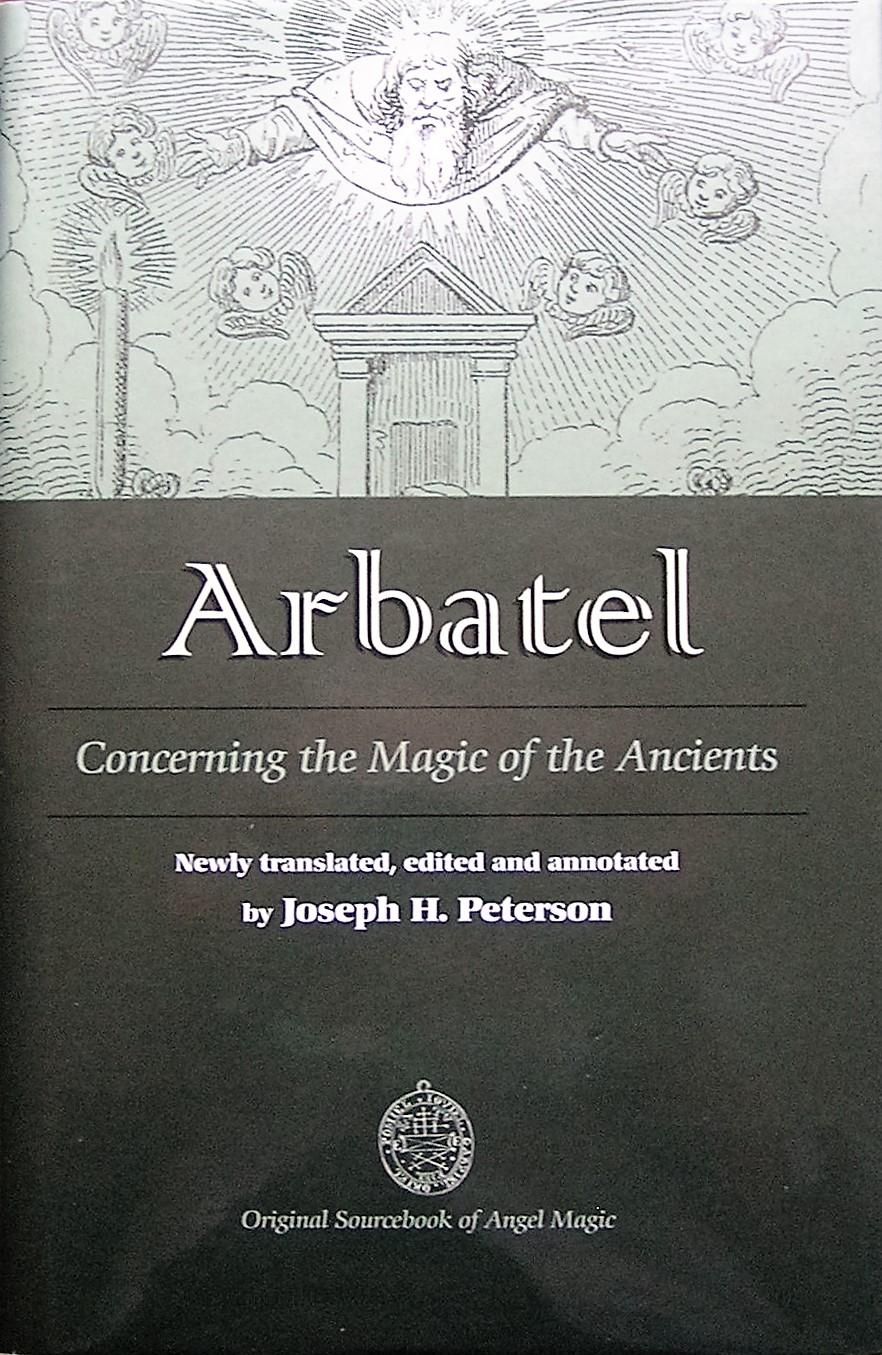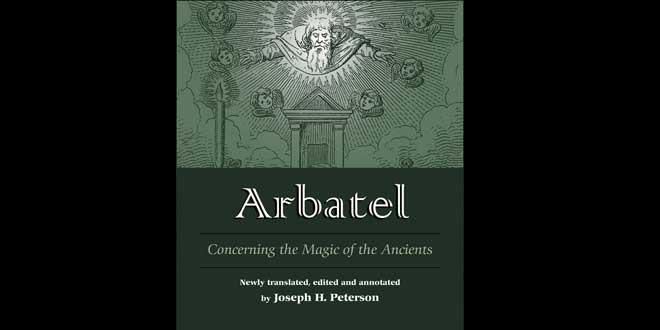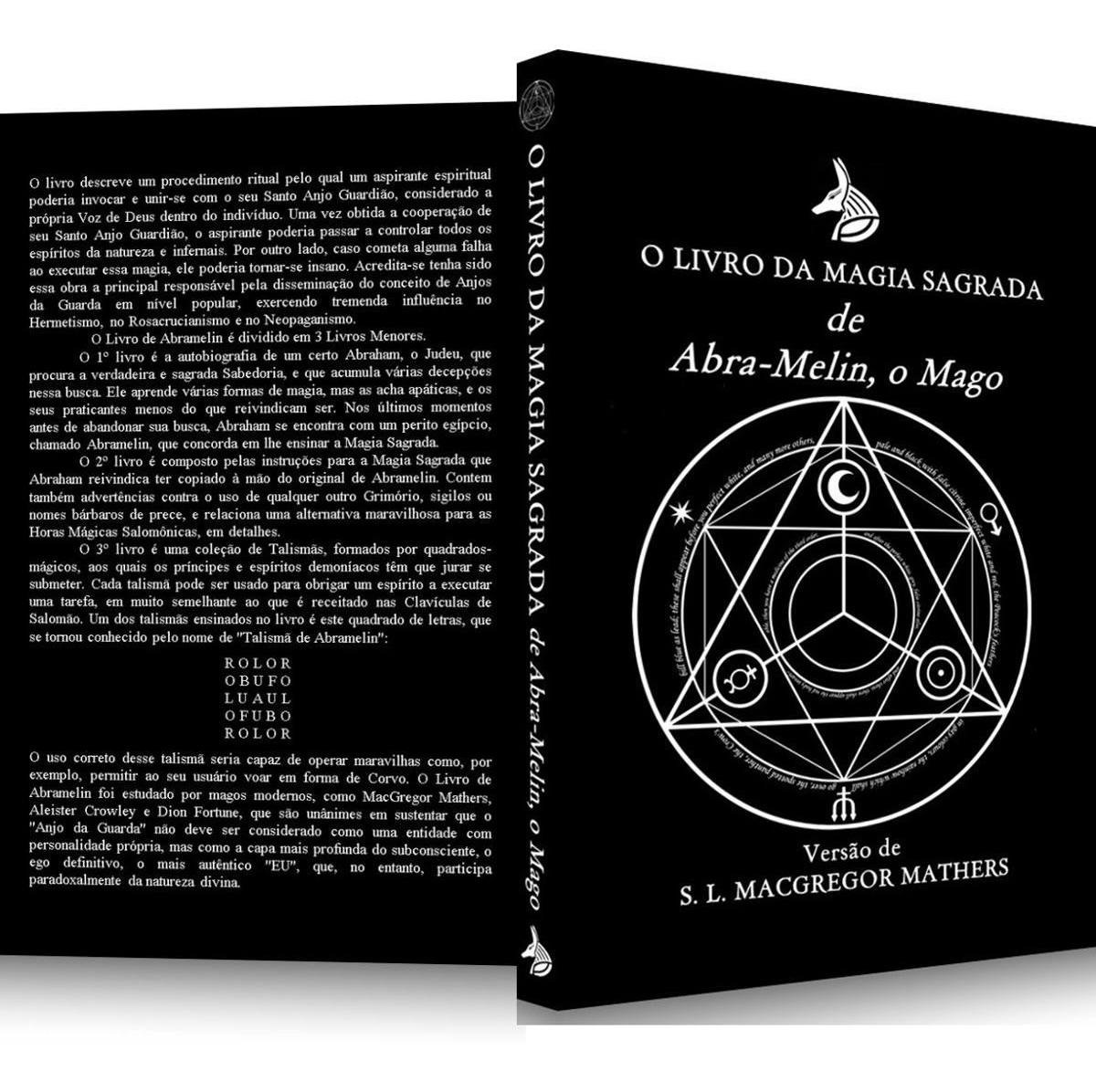
Each EYT exercise was compared against two matched control exercises: control exercise 1 (CE1-A and CE1-B) consisted of a repetition of the body movements of the EYT exercise but without guided imagery, control exercise 2 consisted of walking on the spot (CE2-A and CE2-B). Twenty healthy subjects (age: 29.1 ± 9.3 years, 13 female) performed two different EYT exercises (EYT-A and EYT-B) for 8 min. In this study, the simultaneous effects of two different EYT exercises on cardiac autonomic regulation as assessed by spectral analysis of heart rate variability (HRV) were investigated. In each EYT exercise a short sequence of body movements and simultaneous guided imagery is repeated several times.

Eurythmy therapy (EYT) is a mind-body therapy from Anthroposophic Medicine.

chronic pain, arterial hypertension, mood disorders).

Mind-body therapies are beneficial for several diseases (e.g. Follow-up experiments with different varieties, fruits, and places should verify the effects. Eurythmic movements could be seen as a possible method for agricultural systems which refuse pesticides and other synthetic substances. Furthermore, it was possible to find appropriate movements for pre-determined aims. The results present a basic effect of human movements on the taste of plants. In the sensory test, significant differences could be found in several parameters like freshness, crunchiness or the total judgement. The apples showed no differences in the laboratory test of sugar content and firmness. In a field experiment – executed by the Institute ArteNova in cooperation with an apple farmer – a eurythmist treated trees of two apple varieties with a sequence of eurythmic gestures to observe the impact on the fruit quality. According to the concept of anthroposophy a eurythmist is capable to come into an exchange with the life forces of organisms through his movements.

Eurythmy is a performing art based on anthroposophy which tries to make non-visible forces visible by human movements.


 0 kommentar(er)
0 kommentar(er)
